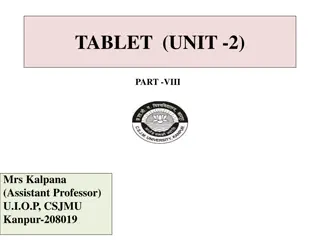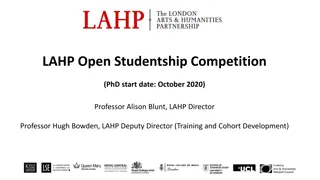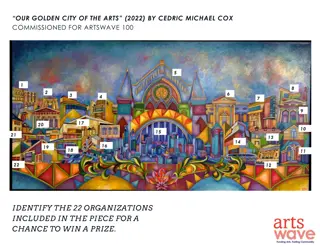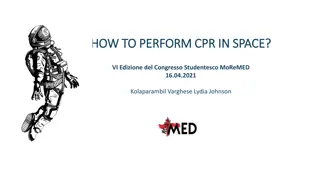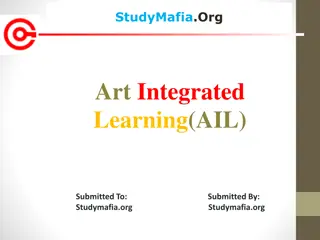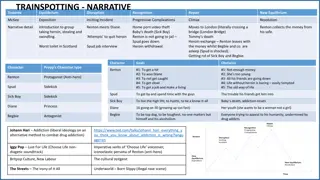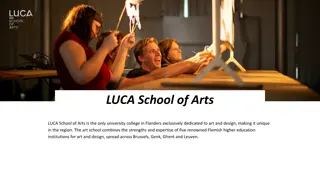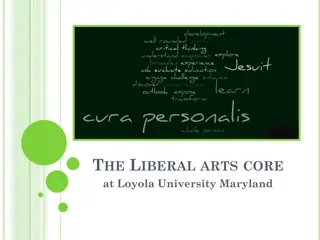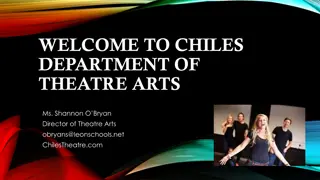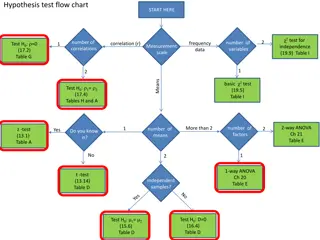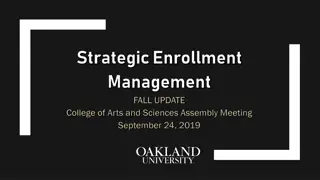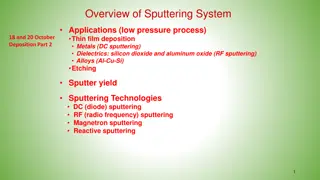Understanding the Definition and Differences in Performing and Film Arts
Art is an expression of human creativity, encompassing various forms like music, literature, dance, painting, drama, and film. While similarities exist among arts in terms of the artist's intention and self-awareness, differences arise in the relationship with time and space, principles of organization, audience engagement, and mode of presentation. Theatre, as a performing art, stands out for its unique characteristics in utilizing time, space, and live performances to present stories to group audiences.
Download Presentation

Please find below an Image/Link to download the presentation.
The content on the website is provided AS IS for your information and personal use only. It may not be sold, licensed, or shared on other websites without obtaining consent from the author. Download presentation by click this link. If you encounter any issues during the download, it is possible that the publisher has removed the file from their server.
E N D
Presentation Transcript
PFA 101: Introduction to Performing and Film Arts Art What is art?
Definition of Art Art is an expression of human creative talents especially in a visual form The arts- the creative and performing arts, e.g. music, literature, poetry, dance, painting, drama, and film. Art can unfold in many different ways as poetry, novel, storytelling, architecture, music and dance to name only the obvious ones.
SIMILARITIES BETWEEN ARTS The artist is self-aware Artist intends to produce art, something that will evoke an aesthetic response DIFFERENCES BETWEEN ARTS 1.Their relationship with time and space- some arts unfold through time; that is music or novels require time to move from their beginning to their end.
Other arts exist in space; that is, a building or a piece of sculpture occupies space and does not move from a beginning to the end over time. 2. Their principles of organization- Some arts are organized by stories; that is, lifelike characters seem to be thinking and talking and doing things very much like what we do in real life. Other arts do not use stories but instead are organized by patterned sounds(music) or patterned colours(painting)
Differences in arts Contd 3. Their idea of audiences- Novels and paintings for example, assume they be enjoyed by solitary individuals; opera and dance, on the other hand, assume that groups of people will assemble to enjoy them. 4. Their mode of presentation- Some arts, like novels are transmitted by the printed page; others, like film, rely on mechanically produced images; still others, like opera, dance, and theatre require life performers in the presence of a live audience.
THEATRE AS ART Theatre differs from other arts by its particular relationship to: Time and space- That is, the actions of theatre unfold through time and must be watched through time, but actors and scenery also occupy space Theatre is organized around action, characters living in virtual worlds (stories)
THEATRE AS ART CONTD Theatre s audience requires groups of people, not individuals Theatre presents its stories by means of live actors in the physical presence of their audiences THEATRE AS PERFORMING ART Arts that require live performers in the presence of live audiences are called performing arts, so theatre is one of the performing arts.
Theatre as Performing Art Cont d Theatre uses live actors. An actor is a performer who impersonate Theatre depends on action Characters are artistic creations intended to resemble people. Theatre depends on live actors presenting these characters and their virtual world to an audience that is physically present.
Theatre as Performing Arts Cont d Theatre gathers its audience into a defined space at a certain time and allows the reactions of the audience to affect the performance Theatre uses a real performance space, usually with artificial that is made for the purpose settings.(that is physically in the presence of the audience and limited by existing architecture to give the audience representation, replicas of actual places depicted in the play.



